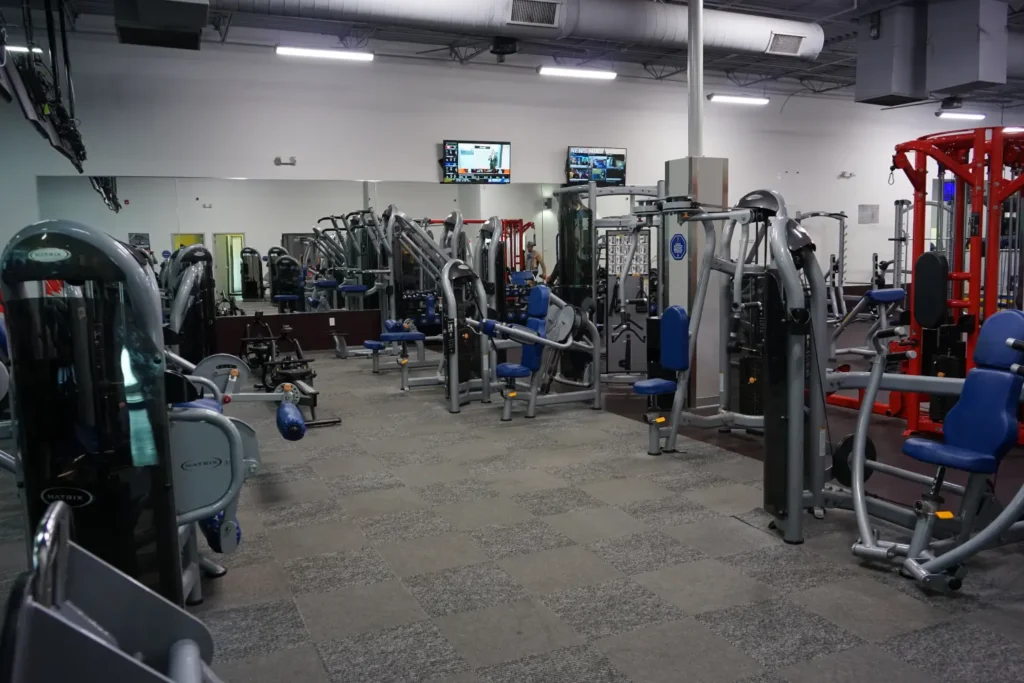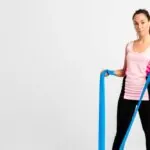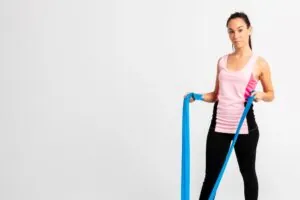Kettlebell rows are a staple in strength training, renowned for their efficacy in building back muscle and enhancing overall fitness. However, like any exercise, the benefits of kettlebell rows hinge on proper technique. Missteps not only diminish the exercise’s effectiveness but also heighten the risk of injury. This guide will walk you through common mistakes encountered during kettlebell rows and provide practical advice on how to correct them, ensuring you maximize every rep.
What are kettlebell rows?
Kettlebell rows are a dynamic exercise targeting multiple muscle groups, including the back, shoulders, and core. Performed with a kettlebell, this exercise involves a pulling motion that mimics rowing, engaging the upper and lower back muscles intensely. The versatility of kettlebell rows allows them to be integrated into various workout routines, catering to both beginners and advanced athletes.
Benefits of kettlebell rows compared to traditional rows
The primary allure of kettlebell rows lies in their comprehensive muscle engagement. They not only sculpt the back but also fortify the core, enhancing stability and posture. Regular inclusion of kettlebell rows in your regimen can improve muscular endurance and functional strength, making everyday activities easier and reducing the risk of back pain.
Common Mistakes in Performing Kettlebell Rows
When doing this exercise, make sure to pay attention to these common mistakes:
Poor posture
A frequent error in kettlebell rows is slouching or rounding the back, which can strain the spinal ligaments and result in lower back pain. Proper posture is crucial to target the intended muscle groups effectively and safely.
How to correct
Focus on maintaining a neutral spine throughout the movement. Engage your core, slightly bend your knees, and hinge forward from your hips, keeping your back flat. Ensure your head is in line with your spine, and your gaze is downward to avoid neck strain.
Incorrect hand grip
An improper grip can lead to reduced control and effectiveness of the row, potentially causing wrist strain or discomfort.
How to correct
Grasp the kettlebell with a firm but comfortable grip. Your wrist should be neutral and aligned with your forearm, not bent or twisted. Consider practicing with lighter weights to perfect your grip before progressing to heavier kettlebells. Improve your grip with another strength-focused routine – learn the benefits of kettlebell swings.
Overextending the movement
Overextending at the top of the row can put unnecessary stress on your shoulder joints and lead to injuries.
How to correct
Concentrate on pulling the kettlebell to your waist, keeping your elbows close to your body. Avoid lifting the weight beyond the point where your hand aligns with your torso. This ensures the focus remains on your back muscles without overloading your shoulders.
Ignoring core engagement
Neglecting to engage the core during kettlebell rows can destabilize your form and increase the risk of injury.
How to Correct
Actively tighten your abdominals before and during the exercise. Imagine pulling your belly button toward your spine to maintain stability and support your lower back. This engagement is crucial for executing a safe and effective row.
What are the signs that I’m performing kettlebell rows incorrectly?
Key indicators include experiencing pain in the lower back, shoulders, or wrists during or after performing the exercise. This usually suggests improper technique or overexertion.
Another common sign is the inability to keep the elbows close to the body, which may indicate using too heavy a kettlebell.
Additionally, if you find your shoulders are uneven or hunched during the exercise, it’s likely your posture needs adjustment. Watching yourself in a mirror or recording your sessions can help identify these issues and allow you to correct your form more effectively.
If you need assistance with improving your form, make sure to reach out to our personal trainers in Lake City.
Can kettlebell rows replace other back exercises?
They target specific muscle groups and can significantly enhance strength and muscle tone; however, a well-rounded back workout should include a variety of exercises. Incorporating different movements such as pull-ups, deadlifts, and lat pulldowns will engage the back muscles in varied ways, promoting more balanced growth and preventing muscle imbalances.
Final thoughts
Kettlebell rows are a dynamic and powerful exercise that can enhance your strength training regimen. By understanding and correcting common mistakes, you can ensure maximum effectiveness and safety during your workouts. Remember, the key to success with kettlebell rows lies in maintaining proper form, using the correct weight, and incorporating a variety of exercises for balanced back development.







